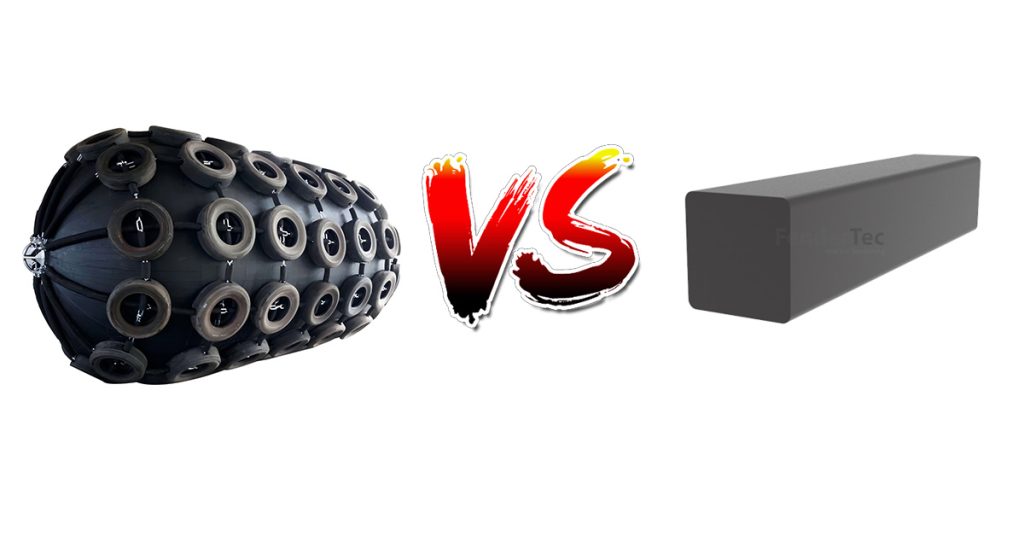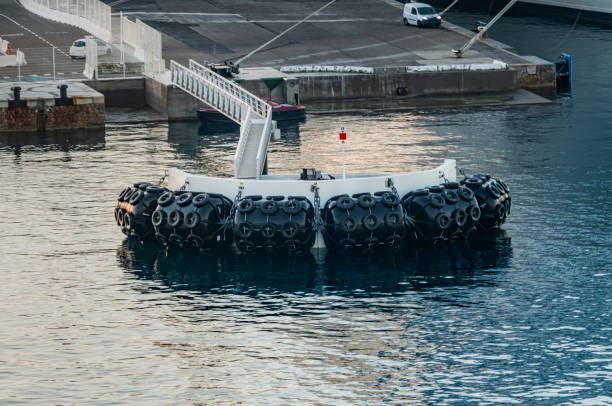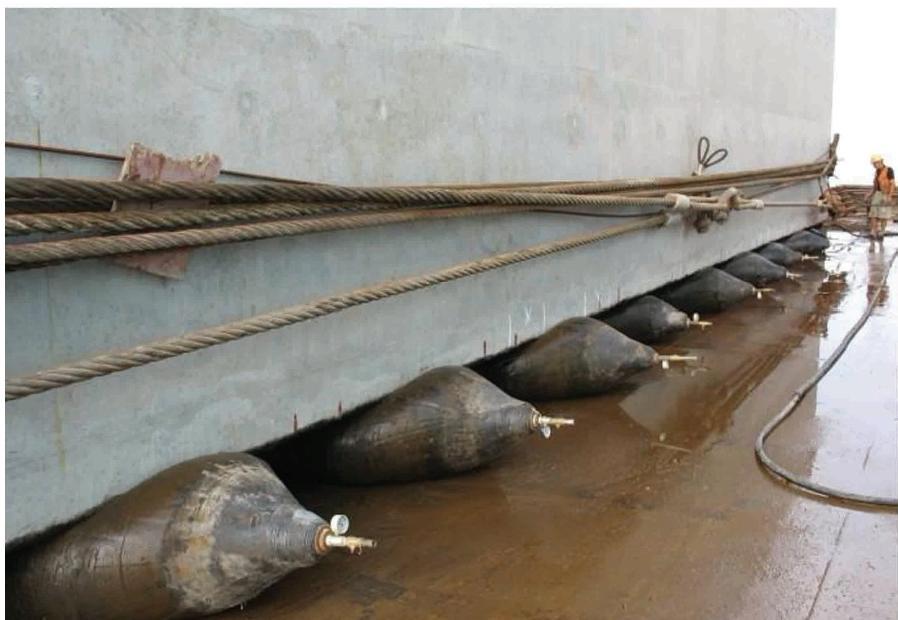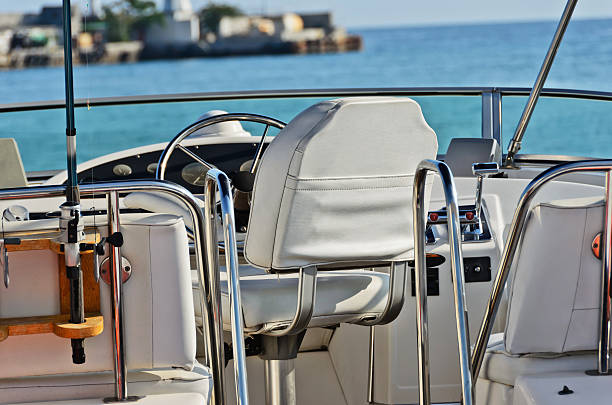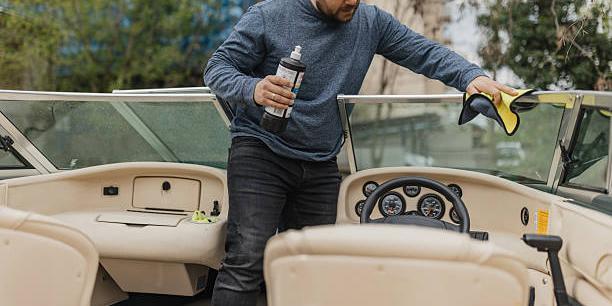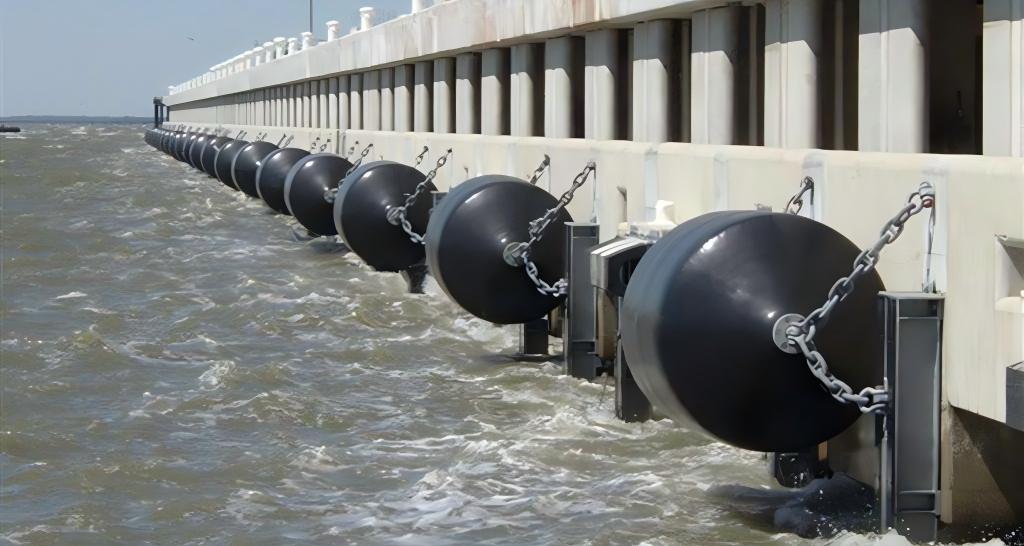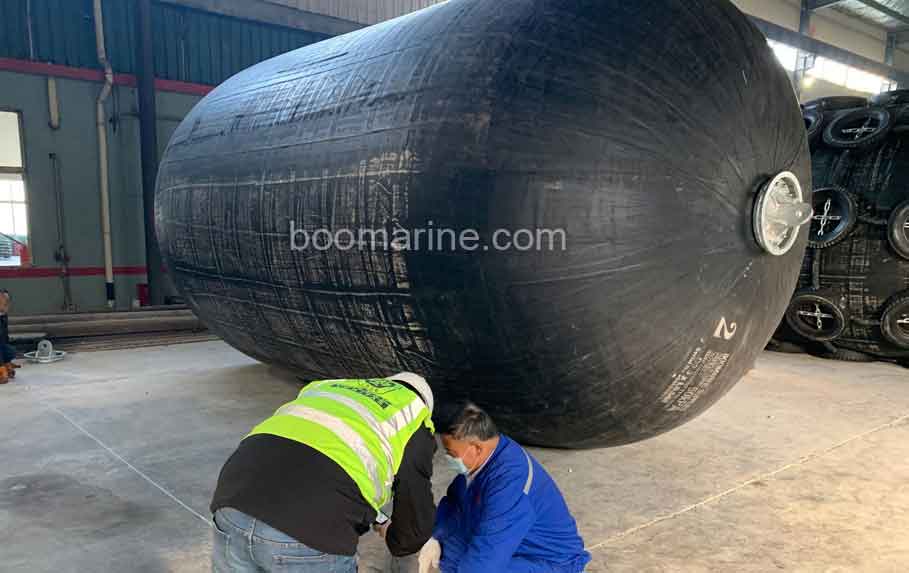Table of Contents
Introduction
Marine pilot seats are an essential component of any vessel, providing a safe and comfortable workspace for pilots as they navigate through challenging waters. These seats are designed to withstand the harsh marine environment, but like any other equipment, they require proper use and maintenance to ensure their longevity and optimal performance. In this blog post, we will discuss the use and maintenance of marine pilot seats.
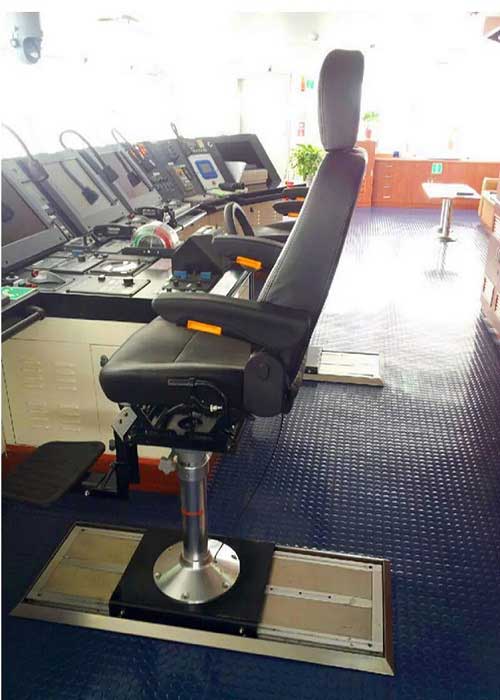
Proper Use of Marine Pilot Seats
The proper use of marine pilot seats is crucial to their longevity and performance. Here are some tips to ensure that you are using your marine pilot seat correctly:
1. Adjust the Seat Properly
Marine pilot seats are designed to be adjustable to provide maximum comfort and support to the pilot. Before using the seat, make sure that you adjust it to your preferred height and angle. If the seat is not adjusted correctly, it can cause discomfort and even lead to back or neck pain.
2. Use the Seat Belt
Marine pilot seats come equipped with seat belts to ensure the safety of the pilot. Always use the seat belt when sitting in the seat, even if the vessel is not moving. In case of sudden movements, the seat belt can prevent the pilot from falling off the seat and getting injured.
3. Do Not Exceed the Weight Limit
Marine pilot seats have a weight limit, and exceeding it can cause damage to the seat and compromise its performance. Always make sure that you know the weight limit of your seat and do not exceed it.
Precautions for Marine Pilot Seats When Not In Use
In the process of use, it is very important to adopt the proper way. Some things to keep in mind when not in use. Here are some precautions to keep in mind for the unuse of marine pilot seats:
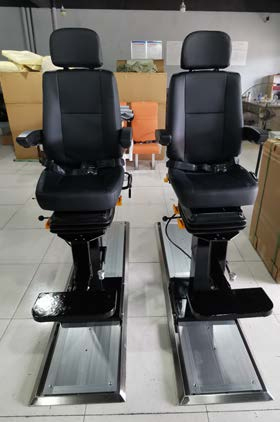
1. Avoid Exposure to UV Light
Marine pilot seats are designed to withstand the harsh marine environment, but exposure to UV light can cause their materials to degrade over time. To prevent this, avoid leaving the seat exposed to direct sunlight for extended periods. If possible, cover the seat when it is not in use.
2. Store the Seat in a Dry Place
Marine pilot seats are exposed to saltwater and other elements that can cause damage to the seat if left uncleaned. After use, make sure to store the seat in a dry place to prevent corrosion and mold growth.
3. Use a Protective Cover
To further protect the seat from damage, consider using a protective cover. This will prevent dirt, saltwater, and other elements from accumulating on the seat’s surface, prolonging its lifespan.
4. Avoid Abrasive Cleaners
When cleaning the seat, avoid using abrasive cleaners that can scratch or damage the seat’s surface. Use a mild detergent and water instead.
5. Inspect the Seat Regularly
Regular inspection of the seat is necessary to identify any damage or wear and tear. Check the seat for cracks, tears, or loose bolts and screws. If you notice any damage, repair or replace the seat immediately to prevent further damage.
By following these precautions, you can ensure that your marine pilot seat remains in good condition and continues to provide a safe and comfortable workspace for pilots. Proper use and maintenance of these seats are essential for their longevity and optimal performance.
Maintenance of Marine Pilot Seats
Proper maintenance of marine pilot seats is essential to keep them in good condition and prolong their lifespan. Here are some tips on how to maintain your marine pilot seat:
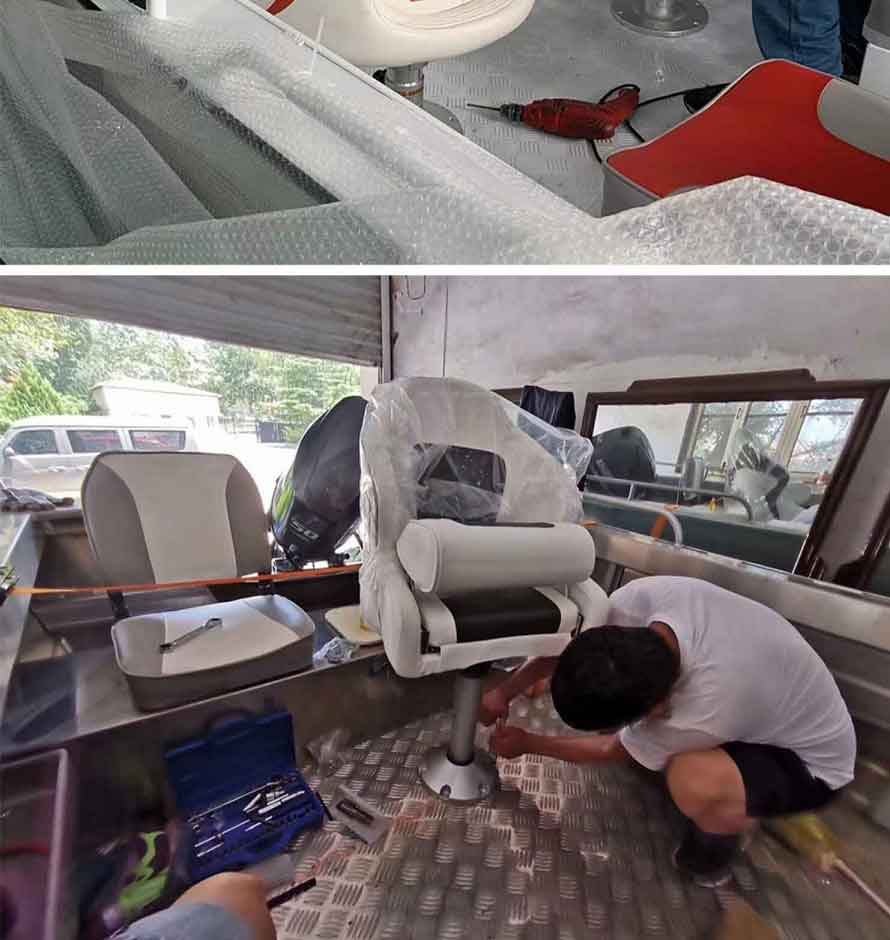
1. Clean the Seat Regularly
Marine pilot seats are exposed to saltwater, dirt, and other elements that can cause damage to the seat if left uncleaned. It is essential to clean the seat regularly using mild detergent and water. Do not use abrasive cleaners that can scratch or damage the seat’s surface.
2. Lubricate the Moving Parts
Marine pilot seats have moving parts like swivels and slides that require lubrication to function correctly. Use a marine-grade lubricant to lubricate the moving parts of the seat regularly. This will prevent rust and corrosion and ensure that the seat functions correctly.
3. Inspect the Seat for Damage
Regular inspection of the seat is necessary to identify any damage or wear and tear. Check the seat for cracks, tears, or loose bolts and screws. If you notice any damage, repair or replace the seat immediately to prevent further damage.
Conclusion
Marine pilot seats are essential for the safety and comfort of pilots navigating through challenging waters. Proper use and maintenance of these seats are crucial to ensure their longevity and optimal performance. Follow the tips discussed in this blog post to ensure that you are using and maintaining your marine pilot seat correctly. By doing so, you can prolong the lifespan of the seat and ensure that it continues to provide a safe and comfortable workspace for pilots.


